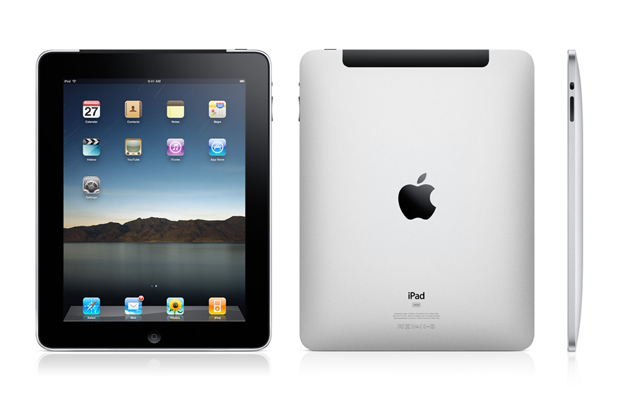TOKYO: Toshiba has launched what it calls the world's first television that allows viewers to see 3D images without the need to wear special glasses, amid intensifying competition in the market.
Curious shoppers stopped to test out the screen at an electronics store in central Tokyo (Japan) as the 12-inch model of Regza GL1 Series went on sale.
The new model with a liquid crystal display carries a price tag of 119,800 yen (1,400 dollars). A 20-inch model will be released on Saturday.
The new 3D TV does not require users to wear special glasses, whereas other 3D-capable models require glasses that act as filters to separate images to each eye to create the illusion of depth.
Toshiba's screens use processing technology to create depth-filled images and the Regza GL1 Series allow users to switch between 2D and 3D on normal TV programmes.
Kazuhito Gunji, a public relations official at electronics retailer Bic Camera, said the company had received many inquiries from customers on when they can get their hands on the product.
Electronics stores are hoping that the release of the latest technology will help offset declining sales as government incentives for purchasing environment-friendly home appliances were reduced this month.
The hugely competitive TV sector is a challenge for many electronics makers given that customers are increasingly accustomed to declining prices, making it difficult for the industry to generate profits.
Sony on Monday said it may fall short of its sales goal of 25 million liquid crystal display TV sets this fiscal year as it struggles to be profitable in the sector, and has also embraced 3D TV technology.
Most shoppers were curious but also cautious about the new device on Wednesday, however.
"I want to watch on a big screen," said a 47-year-old man who has a 37-inch TV at home. "I'll wait for another year before buying," he said.
Another customer, 33, said: "It's great that we don't have to wear glasses, which is a nuisance."
"But I didn't feel images were flying out of the screen on some programmes," he added.
Toshiba says images on the 12-inch screen are best viewed from the front and some 65 centimetres (26 inches) away.
"Customers currently think of 3D images as just an add-on function... but 3D is expected to become a standard eventually" with 3D films and video titles increasing, said Toshiba sales official Eiichi Matsuzawa.
Rival Sharp earlier this year unveiled a small glasses-free LCD touchscreen that shows 3D images for use in mobile phones, digital cameras and games consoles such as Nintendo's 3DS, to be released in Japan in February 2011.
rEAD mORE: http://timesofindia.indiatimes.com/tech/personal-tech/computing/Worlds-first-glasses-free-3D-TV-hits-stores/articleshow/7144218.cms









